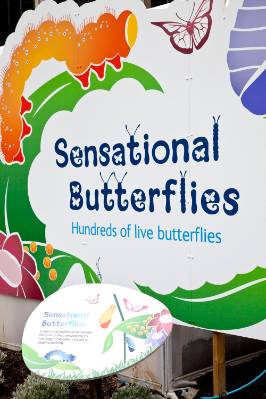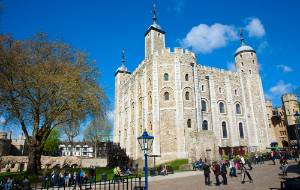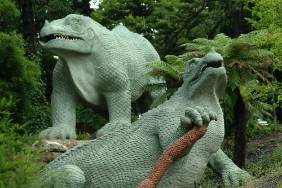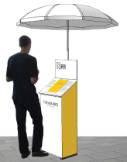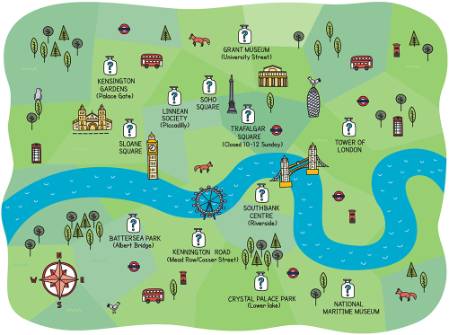It's just over one month since we opened our beautiful permanent gallery showcasing the Museum's 22 most prized objects and specimens. In that short space of time, 1,000s of visitors, including HRH The Duchess of Cambridge (and the little royal on the way) who opened the gallery, have already enjoyed Treasures in the new Cadogan Gallery. Many of you have also been voting for your favourite exhibit in the gallery, and in our new year Top 10 Treasures poll, being huge and hairy is stll a winner for Guy the gorilla, who's at Number 1... (You can select each image below to enlarge it.)
Your top 10 Treasures
1. Guy the gorilla

London Zoo’s much-loved resident, Guy, a western lowland gorilla (Gorilla gorilla gorilla), remains as majestic and iconic as he was in his time. Guy stands proudly at the righthand entrance of the Cadogan Gallery, at the top of the Central Hall's grand staircase, welcoming visitors into Treasures. It's great to think that he is regaining the popularity he had in life over 30 years ago. Listen out for our podcast coming soon, telling Guy's unique story from childhood star to preserved treasure here at the Museum.
2. Blaschka glass models of sea creatures
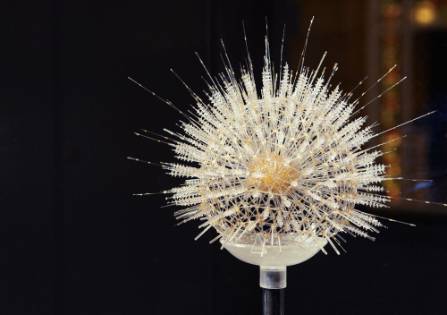
Glimmering away in the gallery at the other end to Guy, the 3 delicate Blaschka glass artworks of sea creatures are as enigmatic and eye-catching. They were made with impeccable accuracy using techniques no one has been able to replicate since. Giles Miller, Curator of Micropalaeontology, tells the story of how the Blaschka's went from cardboard box to Treasure on display in his own blog.
3. Dodo skeleton
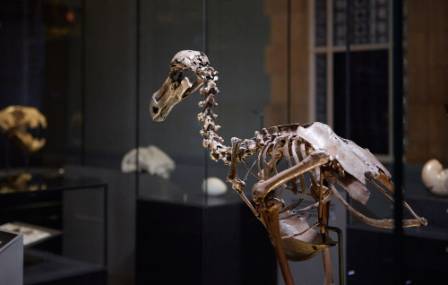
The dodo skeleton on show is unmissable. There are so few complete skeletons that we may never know exactly how they looked or lived. The dodo is one of the first widely acknowledged cases of human-caused extinction. It's fame was secured by Lewis Carroll in his book Alice’s Adventures in Wonderland.
4. Neanderthal skull
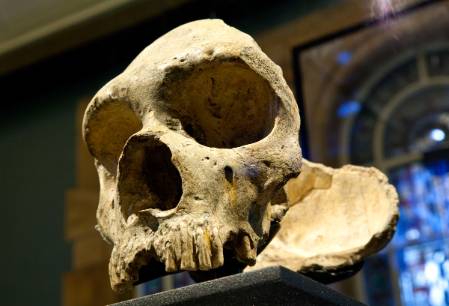
This remarkable specimen in Treasures is the first adult skull of a Neanderthal ever discovered. They were our closest known relatives and this specimen helped begin the science of palaeoanthropology – the study of ancient humans.
5. Archaeopteryx fossil
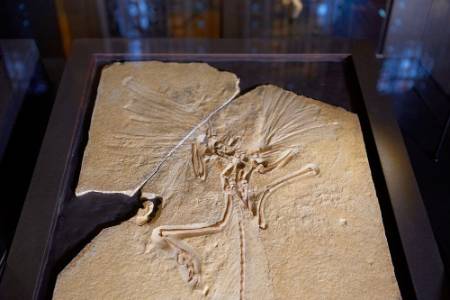
Archaeopteryx is the earliest known bird and this is the first skeleton specimen ever found. It is the most valuable fossil in the Museum’s collection. This is the type specimen of the species, the one to which all others are compared. So for many, the chance to see this Archaeopteryx in person is a special joy.
6 On the Origin of Species book
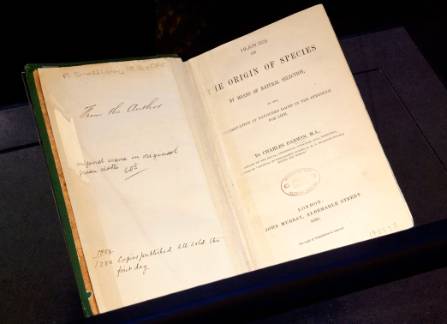
We had to include this masterpiece in Treasures. It's an inspiration to view the rare first edition of Charles Darwin’s On the Origin of Species. It is the most important book in biology, in which Darwin describes his theory of evolution by natural selection.
7. Great auk
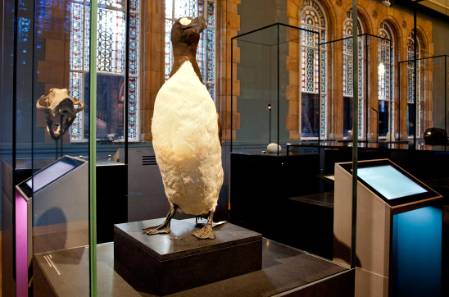
You might not all know it, but the great auk is one of the most powerful symbols of the damage humans can cause. The species became extinct not through habitat loss, but due to centuries of intense exploitation.
8. Alfred Russel Wallace's insects

The gorgeous and diverse creatures in the insect case on display are from Alfred Russel Wallace’s personal collection. He co-discovered the theory of evolution by natural selection with Charles Darwin. He kept very few of the specimens he collected.
9. Barbary lion skull
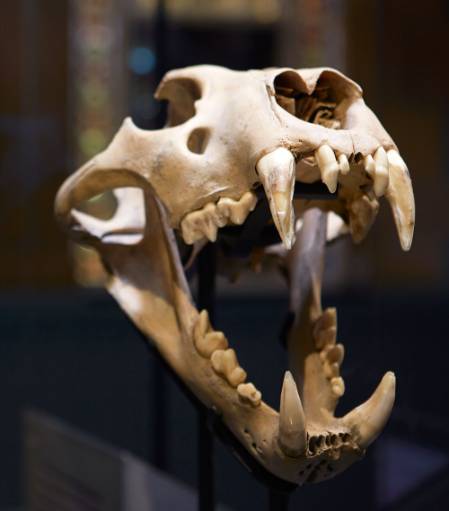
You can see why this lion was the jewel of the King’s zoo in the Tower of London 700 years ago. The skull and teeth are even more dramatic up close than we have already witnessed in photographs. It is also the oldest lion found in the UK after the extinction of native wild lions.
10. Hans Sloane's nautilus shell
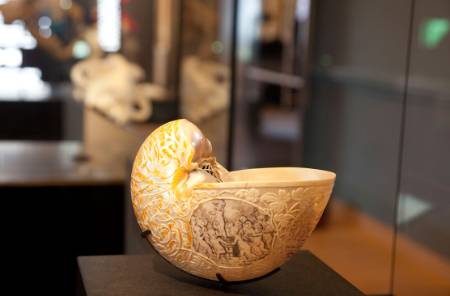
Exquisitely carved, it is easy to imagine why this perfect shell was one of Sir Hans Sloane’s favourite specimens. You can really appreciate the intricate details in the carving as you observe the exhibit. Sloane's huge collection forms the core of the British and Natural History Museums.
Make sure you experience these and the other 12 amazing objects in Treasures on your next visit to the Museum. Each is accompanied by scientific information and there is more to unearth on the digital screens in the gallery. Entry to the new gallery is free.
Vote for your favourite treasure online
Get a glimpse inside the Treasures Cadogan Gallery in our audio slideshow
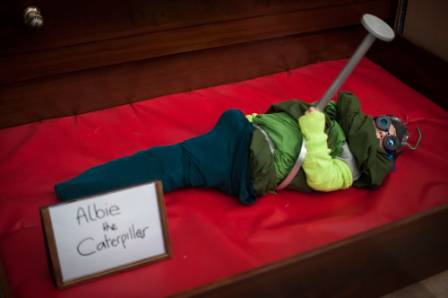 Join in the Quest for the Curious challenges (above) at our week-long Easter free event for all the family.
Join in the Quest for the Curious challenges (above) at our week-long Easter free event for all the family.



